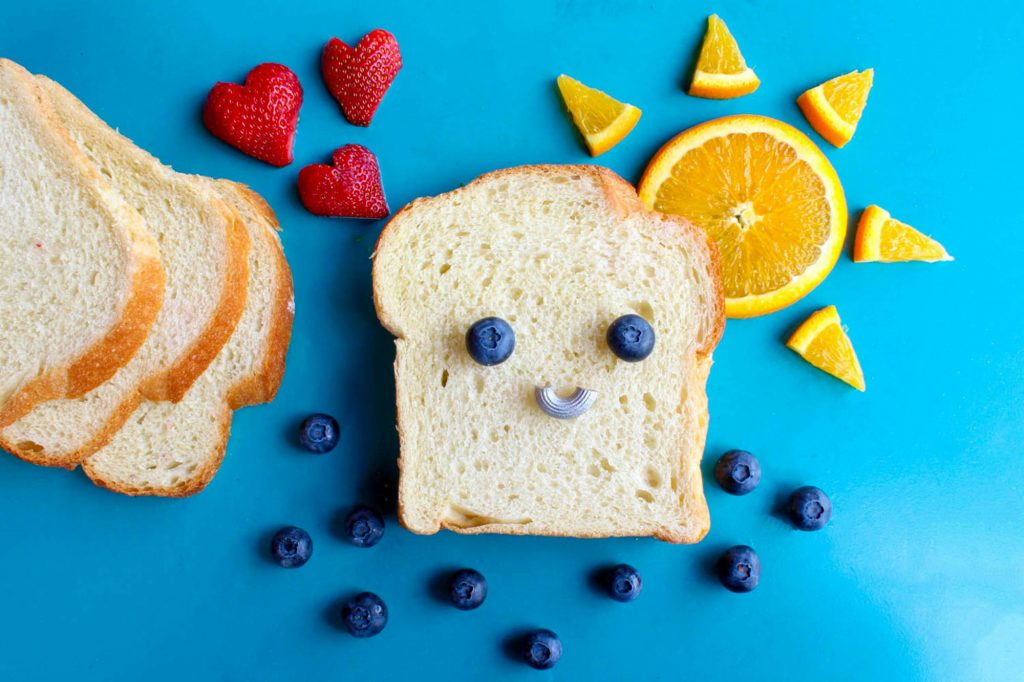
10 Creative Strategies for Introducing New Foods to Picky Toddlers: Tips and Tricks
Creative world school Oct 17, 2025If your toddler’s ever pushed away a plate after one suspicious glance, you’re definitely not alone. Many toddlers go through a picky eating phase. It can be frustrating, but it is also totally normal. The good news is that there are plenty of creative ways to help your little one try new foods without turning each meal into a battle. These ideas are backed by real research and wrapped in fun, practical tips that make things a little easier for you and a lot more playful for them.

1. Know Why Toddlers Get Picky
Picky eating usually shows up in the toddler years and often peaks around age three. This is when kids start figuring out they have opinions, and saying “no” to broccoli is an easy way to test the waters. A mix of things can play into it, like early feeding habits, personality, and how parents handle those tricky mealtime moments. Research shows that when babies try veggies early on, they’re more likely to enjoy them later. And when parents stress too much about their child being picky, it can actually make things worse. Thankfully, it’s a totally normal phase for many kids. Knowing that can help you stay calm, keep meals low-pressure, and cheer them on as they learn to explore new foods one bite at a time.
2. Keep Offering Foods Even if They’re Rejected
You might feel like giving up when your child turns their nose up at broccoli for the fifth time, but don’t. It can take 10-15 tries before a child accepts a new food. If they ignore it or even spit it out, that is okay. Just keep serving a small amount along with their favorite foods. Every try counts, even if it looks like nothing is happening.
3. Pair New with Familiar
When you do offer new food, keep the rest of the plate predictable. If your child loves chicken and rice, serve that with a tiny side of roasted sweet potato or sliced bell pepper. Having something they already like on the plate helps them feel more grounded and comfortable. Over time, they may become curious enough to take a bite of the new item too.

4. Get Them Involved in the Kitchen
Kids are way more likely to try something they helped make. You can let them rinse berries, stir pancake mix, tear lettuce, or scoop yogurt into a bowl. Children who take part in food prep are more willing to explore what ends up on the table. You don’t need a fancy recipe or a long grocery list. Just hand them a spoon and let them help!
5. Snack Smart with Simple Ideas
Snacks can be fun and helpful for introducing new foods. Try making yogurt parfaits with strawberries or bananas and a sprinkle of granola. You can slice apples thin and let them drizzle a little peanut butter on top. You can also bake mini muffins with grated carrots or zucchini, or create a little snack box with cheese cubes, crackers, blueberries, and one surprise bite of something new. Offering small bits at snack time helps take the pressure off. For even more hands-on ideas, check out the PBS KIDS Do It Myself Cookbook. It’s full of easy, kid-friendly recipes that turn snack time into a fun, confidence-building activity for your preschooler. Letting kids help in the kitchen can make them more excited to try what they’ve made.
6. Let Them Explore Food with All Their Senses
If your toddler wants to poke their peas or sniff their cauliflower, let them. Kids learn through touch and smell just as much as taste. Sensory play helps children become more open to new foods. They might not eat it right away, but every interaction builds comfort. Sometimes even licking food is a step forward.
7. Make It Look Fun
How food looks matters. Toddlers eat with their eyes first. If the plate is colorful or the food is cut into shapes, they may be more curious. Sandwiches can become hearts or dinosaurs with playful sandwich crust cutters. Bananas sliced into circles can be “banana moons.” Broccoli can be “little trees.” Arranging food in a rainbow or smiley face is an easy way to grab their attention and make things feel less serious.

8. Skip the Pressure
Forcing a child to take one bite or pleading with them to finish everything can actually make them less likely to try new foods. Instead, focus on keeping the mood light. Say things like “you can try it if you want” or “what do you think it smells like?” Kids are more willing to try things when they feel safe and in control. Positive encouragement and no pressure work much better in the long run.
9. Stick to a Steady Schedule
Toddlers do best with a simple routine. If they are grazing all day, they probably won’t be hungry enough to try something new at dinner. Try to space meals and snacks two to three hours apart. Offer water between meals instead of juice, and keep dinnertime short and sweet. When your child knows what to expect, they’ll feel more relaxed and ready to explore.
10. Celebrate the Little Wins
Every tiny step is a win. A lick, a sniff, or a small bite of a new food deserves celebration. You don’t need to bring out the party poppers, but an upbeat “you tried it!” goes a long way. Picky eating doesn’t go away overnight. It takes time and consistency. With patience and a little creativity, your child will start to feel more confident around food.

Growing Healthy Habits at Creative World School
At Creative World School, we believe that trying new things is the best part of growing up. Our classrooms are designed for hands-on learning, and that means children explore with all their senses, from garden activities to pretend restaurants and playful snack prep. We create a space where toddlers feel safe to taste, explore, and be proud of their choices.
Discover how our hands-on learning encourages kids to try new foods. Schedule a tour today!






